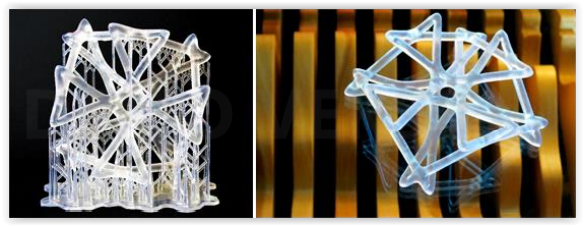3D printing - The ideal manufacturing process?
3D printing is selected as the ideal manufacturing process, as, at times, these constructions achieve a complexity that extends beyond multi-axis CNC milling. Once again the digital craftsman is tasked with embedding the limitations of the tool into the programming of the parametric model. Member thickness cannot fall below certain structural minimums without substantially weakening the overall construction.
Notably, the described digital model generates a rather static construction, with zones essentially stacking onto each other to fill the void in the construction. However, since these parameters have been programmed dynamically, the culture is able to evolve through the dynamic modification of the parametric model. The digital craftsman presides over a scenario where the user group (or culture) is able to intensify or dissolve the various parameters that define the Mashrabiya.
The digital craftsman becomes a facilitator for the level of privacy needed at the user level. Furthermore, as more cultural or functional variables (architectural programming, for example) emerge and are programmed into future instantiations of the Parametric Mashrabiya, the resultant forms will continue to evolve alongside the culture. In addition, the advantage of the units’ shape is linked to the fact that they can be digitally crafted to fit various patterns from both 2D surfaces and complex 3D interlaced geometries, some of which are too highly complex to be created using other mould-based manufacturing techniques.

